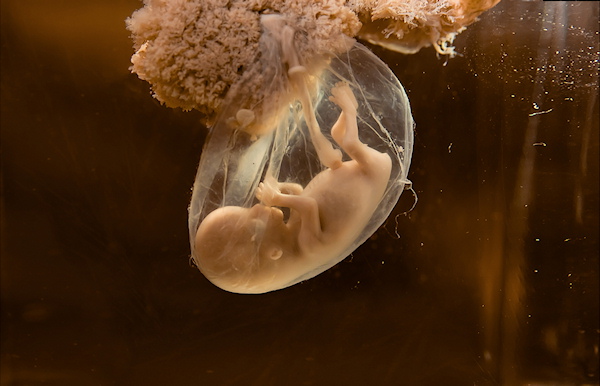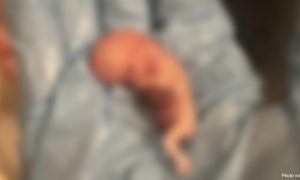A study out of Cambridge University is shining light on the role the placenta plays in “ensur[ing] optimal health for both the mother and the fetus,” writes Dr. Fazale Rana of Reasons To Believe. Rana describes a “potential tug of war” that could theoretically happen between the mother and her preborn baby when it comes to the need for nutrients. But in reality, this doesn’t happen — thanks to the regulatory effects of the placenta. The placenta develops from cells belonging to the developing preborn child (blastocyst) after implanting into the wall of the uterus (between 5 and 8 days after fertilization):
Instead of being passive tissue that absorbs available nutrients from the mother, the placenta dynamically distributes nutrients between mother and fetus, optimally ensuring the health of both mother and developing baby… [by] receiv[ing] metabolic signals from both the mother and fetus and respond[ing] to this input by regulating the nutrient amounts made available to the fetus.
In other words, this research shows that pregnancy is not a competition between the rights of mother and child (as abortion advocates would have us believe).
Rana continues:
… [I]t appears that when the mother is healthy, the placenta readily transports nutrients to the fetus and dynamically adjusts, even if it forms abnormally…. [I]f the mother’s health is compromised, the placenta restricts nutrient flow to the fetus to ensure the mother’s long-term health, with the prospects that the fetus can still grow and develop.
This evidence, Rana says, runs contrary to the comparison abortion advocates often make between a developing preborn human being and a tumor. “… [T]he placenta dynamically allocates resources between the mother and the fetus in a way that preserves the mother’s health,” and therefore, Rana states, “the fetus cannot be viewed as a tumor robbing the mother of nutrients.” And if the mother’s health is threatened in some way, the placenta (which is created from cells of the developing child, you’ll recall) will actually take resources from the preborn child to preserve the mother’s health.
Preborn babies have their own DNA from day one, their own heart and other organs, measurable brainwaves, and can move and respond to stimuli while yet inside the womb. Their stem cells have even been found to migrate during pregnancy to help regenerate any damage to their mothers’ hearts. Preborn human beings are not equivalent to parasites or tumors, and aborting them is not equivalent to extracting a tooth — and this study adds more weight to these already known scientific facts.







